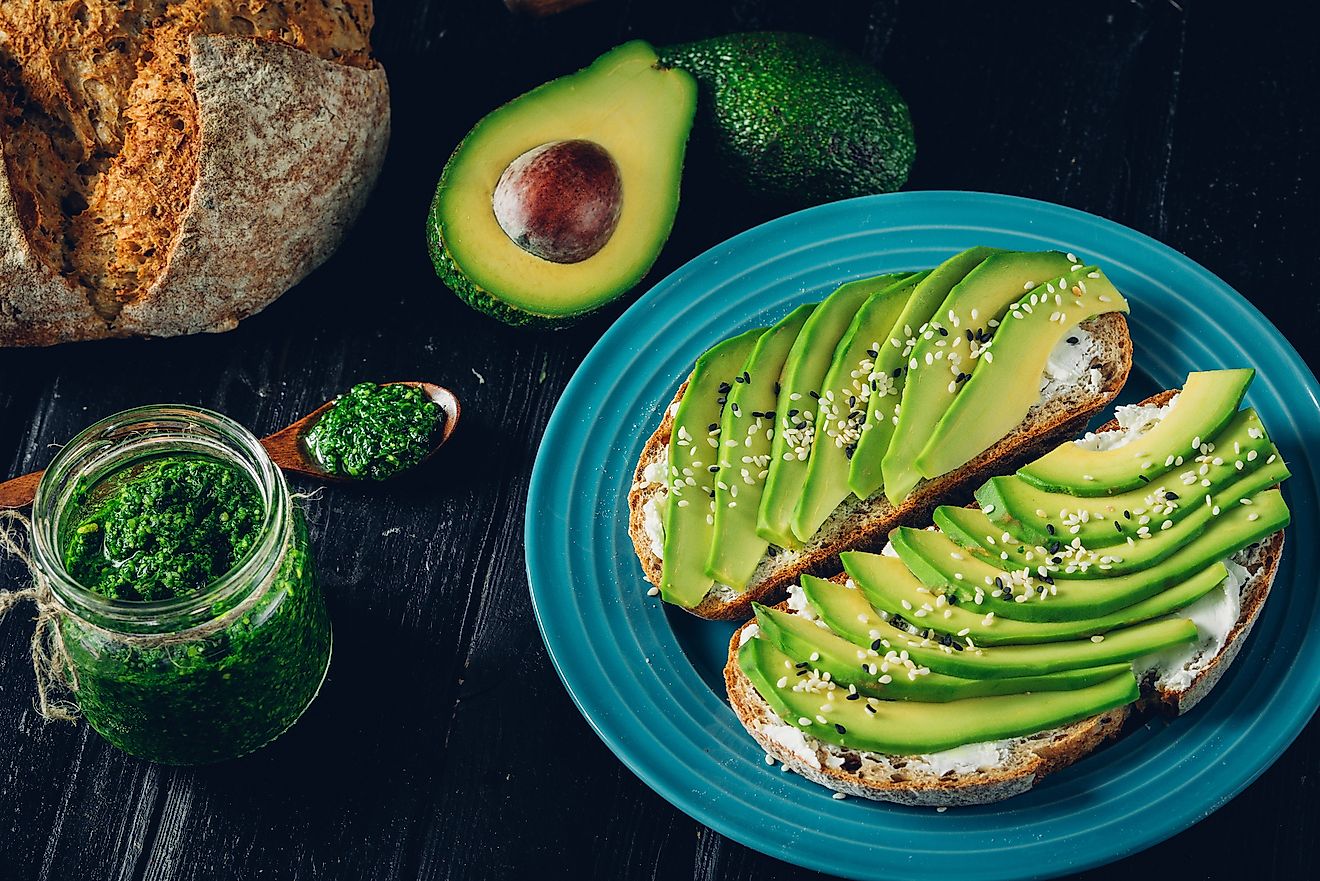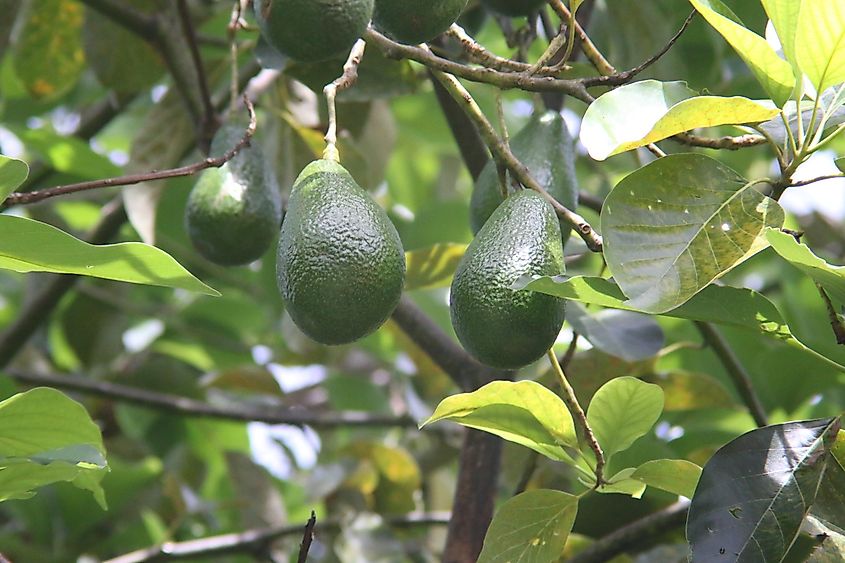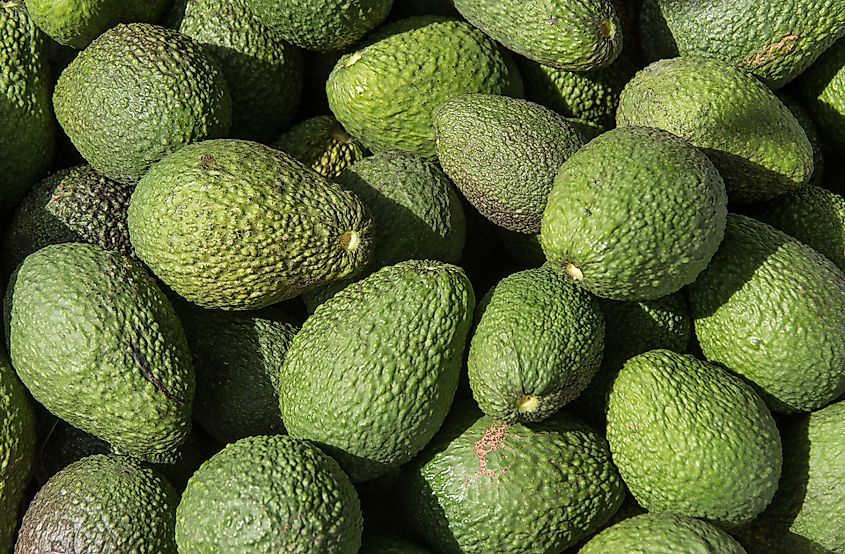The Growing Appetite For Avocados In America

- Currently, Americans are in love with avocados.
- Avocados are believed to have originated from Tehuacan Valley in Mexico, where the locals began consuming it over 10,000 years ago.
- Avocado consumption increased by about 73% from 2000 (543million pounds) to 2015 (938million pounds).
Food plays an integral part in our culture, and certain types of foods go through a wave of popularity for a certain period like mangoes were quite popular in the 1990s. Currently, Americans are in love with avocados. The fame of the buttery-green fruit that people dice into salads and spread on sandwiches has increased over the last 3 decades. Avocado is a superfood that provides powerful health benefits. As one of the world’s most nutritious foods, an avocado tops the chart among other fruits for fiber, magnesium, potassium, folate, and vitamin E. Avocados are the only fruits with healthy monounsaturated fat. The Californian avocado is naturally cholesterol, sugar, and sodium-free. One-third of an avocado has about 20 minerals and vitamins, making it an excellent nutrient-dense fruit.
The History Of Avocados In The United States
Avocados are believed to have originated from Tehuacan Valley in Mexico, where the locals began consuming it over 10,000 years ago. Fossil evidence also suggests that similar avocado species were domesticated millions of years ago, resulting in the current West Indian, Guatemalan, and Mexican landraces. The Guatemalan and Mexican landraces came from the highlands of these nations while the West Indian is a lowland avocado that grows in Peru, Ecuador, Colombia, Costa Rica, and Guatemala. Martin Fernandez was the first man to write about avocado in Europe in 1519. Gonzalo Oviedo gave the earliest detailed account of this fruit in 1526. The avocado was introduced to Brazil in 1809, Spain (1601), Mauritius (1780), Indonesia (1750), and the U.S. (1825). It was introduced in California, Hawaii, and Florida in 1856. Before 1915, this fruit was known as alligator pear in Florida and ahuacate in California. The name alligator pear was inspired by the fruit’s olive, bumpy skin while ahuacate is a Spanish term with Aztec origins. The Californian farmers claimed that these 2 names were not ideal for the fruit; therefore, the California-Avocado Association adopted a new innovative term ‘’Avocados’’ as its name.
Causes Of Increase In Popularity Of Avocados

Marketing
The avocado farmers didn’t educate Americans on the health benefits of avocados from the 1000s to the 1990s. They also never promoted it as a Latin-American cuisine. Therefore, Americans did not know how to eat avocados for over 90 years. The American dietary guideline started pushing people into a low-fat diet trend in the 1980s. The trend stretched into the 1990s and dealt a big blow to the avocados sector. Even though the avocado producers did their best to run T.V. adverts and fund research, the sector still struggled with low sales. Most people didn’t know that they have to wait for it to ripe before consuming an avocado. Therefore, the industry started educating different supermarkets about the characteristics of a ripe avocado.
Finally, the California-Avocado commission decided to hire Hill-and-Knowlton, a public relations company, to help them market their products. The PR firm came up with the idea of a mascot for this fruit known as ‘’Mr. Ripe-Guy’’ to help them promote, rebrand, and educate the population about an avocado. The PR firm managed to embed this fruit into the super bowl. The Super Bowl is one of the main American sporting events that are loved by Americans who consume a wide variety of food. The firm pitched the idea of a Guacamole Bowl and had several NFL players sharing the guacamole with reporters, fans, and players. The marketing strategy helped make avocado popular while increasing its sales.
Lifting of the ban on importation of Mexican avocados
Avocado consumption increased by about 73% from 2000 (543million pounds) to 2015 (938million pounds). The increase in avocado consumption is attributed to the fact that the American Agricultural department lifted its 83years old ban on importing avocados from Mexico to the U.S. The department confirmed that the Hass avocado meets the importation requirements. The ban helped increase the avocado supply in the country.
The millennials love avocados
The growth in popularity of Avocadoes has been associated with millennials and their love for avocado-toasts. However, millennials might be partly responsible for the ever-increasing avocado sales. The millennials who were born in 2000 were not the cause of the first increase in avocado consumption (2000-2005). Avocado sales got a second boost from 2010 (1,317million pounds) to 2015 (2,240million pounds), when the sales improved 70%. The millennials were probably responsible for the second boost, with their parents purchasing avocados for them.
Health benefits
Other than being highly nutritious, avocados have several health benefits. The monounsaturated fat found in avocados is the same as the one found in nuts and olive oil. Studies have found that people who consume more avocados weigh less that the people who don’t eat them. Avocado can also help with other serious health issues like lowering cholesterol levels, reducing high blood pressure, and preventing diabetes.

Consequences Of Growing Popularity Of Avocados
Destruction of forests
The ever increasing popularity of avocados in the United States has resulted in harsh environmental impact in Mexico. Avocado farming requires a lot of space, and the ever-increasing demand for avocados in the United States has forced farmers in the Michoacan area to look for more land. Avocado farmers cleared over 91acres in 2017 in the Monarch-Butterfly Biosphere reserve. The unauthorized deforestation resulted in the destruction of trees on the natural habitat in the Monarch-Butterfly Biosphere reserve. Reports from the Miami Law University shows more than 49,000acres of Michoacan forest is cleared annually to create more farmland.
Depletion of water supply
Avocado production requires a considerable amount of water relative to other crops. Growing a pound of avocado requires over 72 gallons of water while growing a pound of tomatoes requires only 9gallons. The expansion of avocado farms has reduced water availability for the people living in these towns. The increased demand for avocados in the U.S. has resulted in the expansion of avocado farming in Mexico, particularly in Michoacan.
Increase in crime
In the 1990s, some Mexican gangs like the Cuinis and the Jalisco cartels funded their criminal operations by kidnapping and extorting rich avocado farmers. These groups earned over $770million from the Michoacan farmers from 2009 to 2013. The connection between these gangs and avocado farming has resulted in these fruits being nicknamed blood avocados.
The Growing Popularity Of Avocados In The United States: Causes And Consequences
| Rank | Year | Annual avocado consumption (in million pounds) |
|---|---|---|
| 1 | 1995 | 360 |
| 2 | 2000 | 543 |
| 3 | 2005 | 938 |
| 4 | 2010 | 1,317 |
| 5 | 2015 | 2,240 |
| 6 | 2018 | 2,453 |











